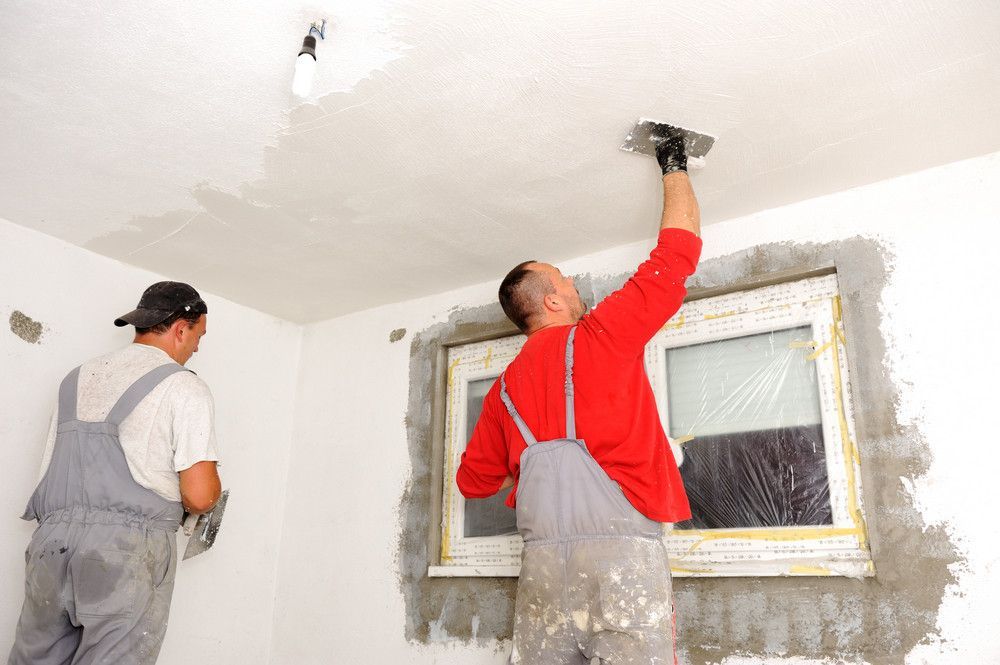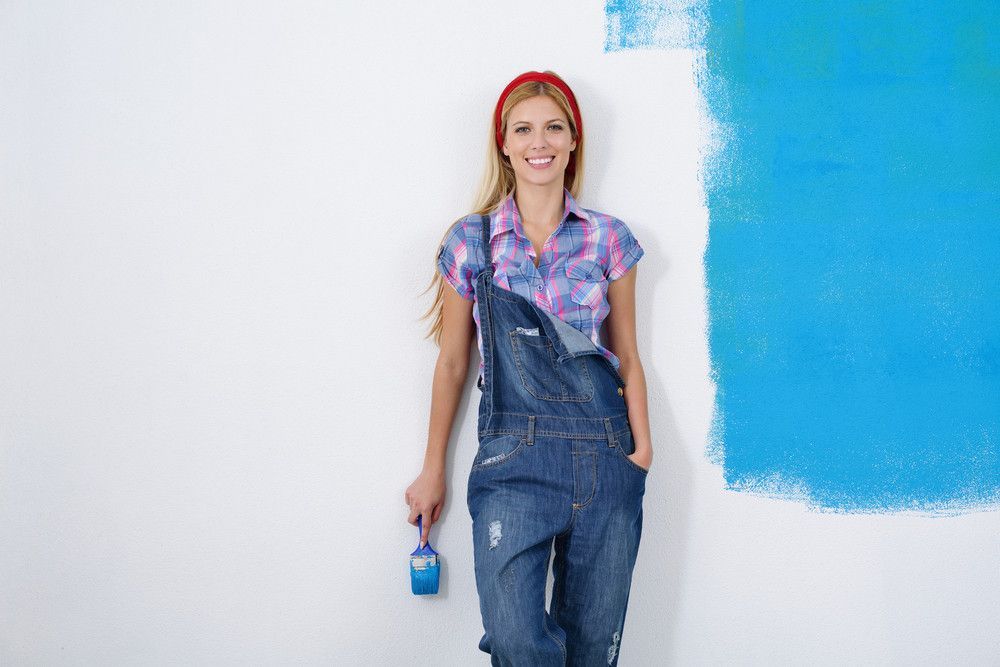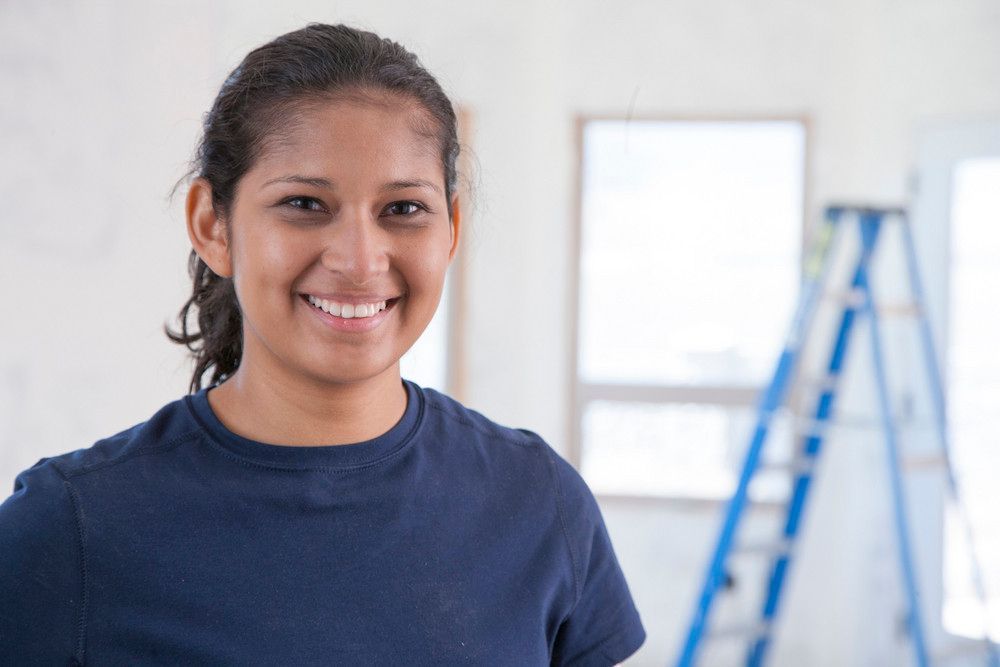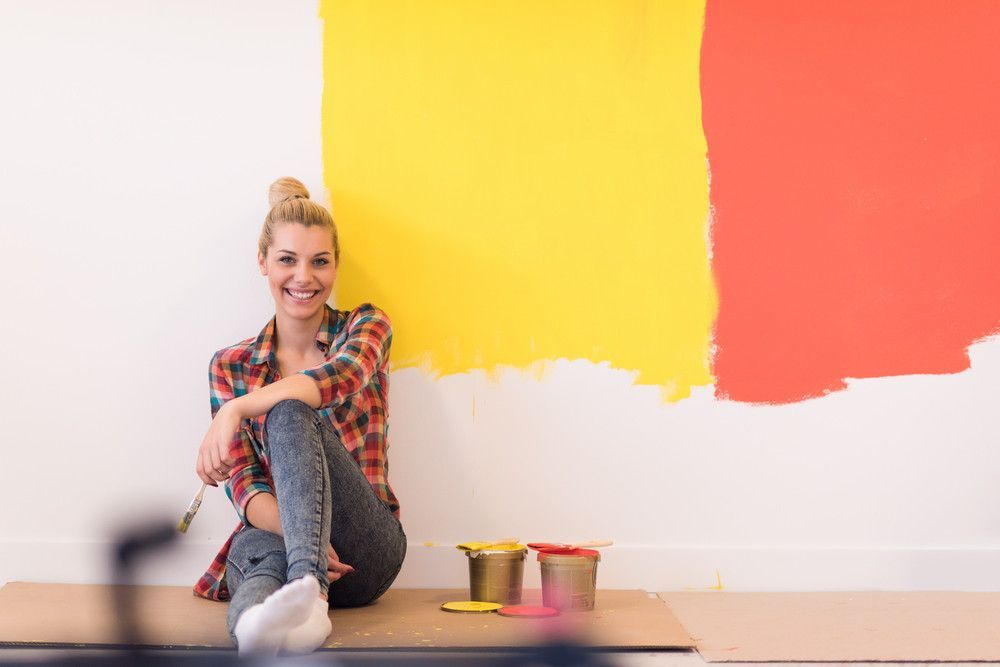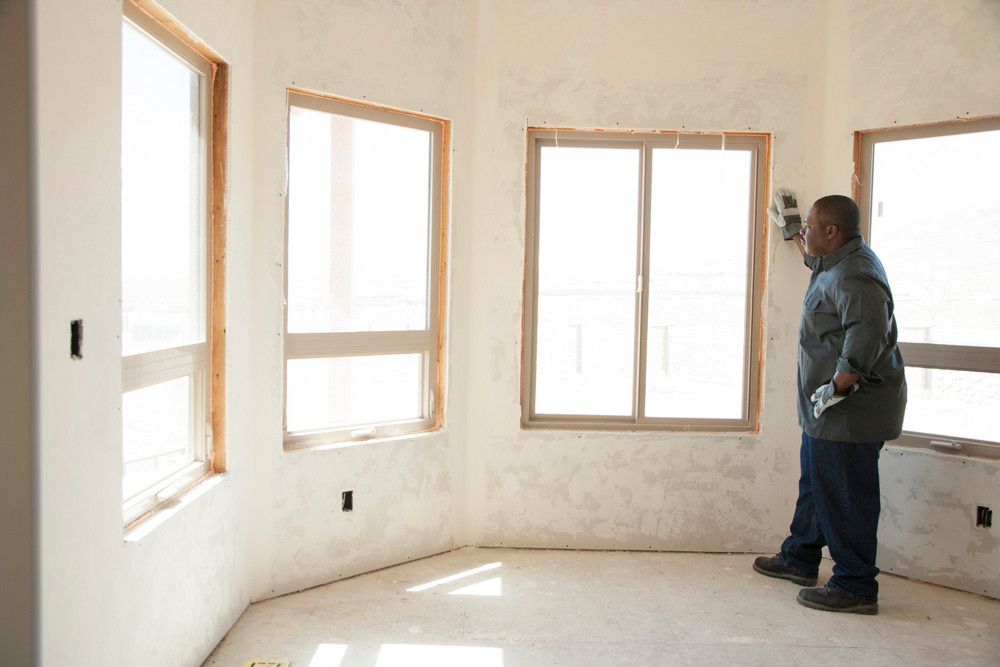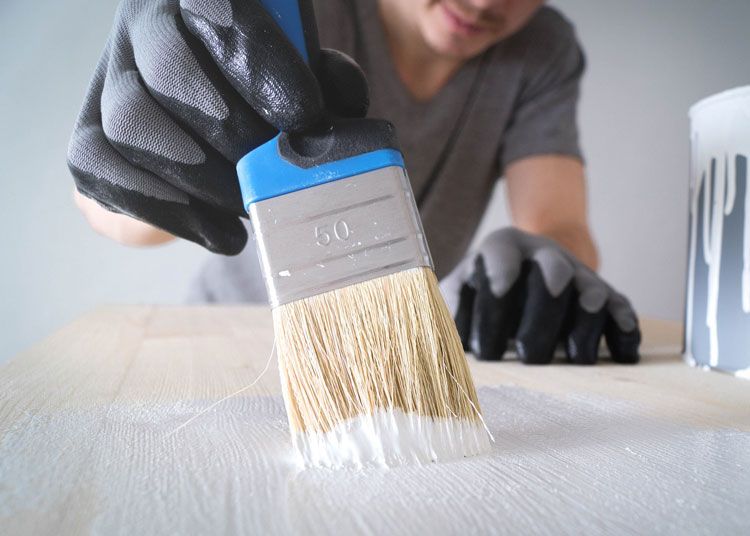What to Know About Drywall Installation -- And Why You Don't Want to Do it Yourself

Few of us think about the process of installing drywall or a new ceiling until repairs or renovations are needed. In those circumstances, installing drywall may seem like a simple task, but this couldn't be further from the truth. Here are five facts about installing drywall, including reasons you may want to find a residential drywall service to install it for you:
Selecting the Drywall
While we may think all drywall is equal, there are different types you should consider before installation. Residential drywall services are knowledgeable about the different types, including standard drywall that is used for most ordinary applications. However, there are circumstances where specialized drywall may be needed. For example, some rooms, such as bathrooms, may require drywall that is moisture-resistant and mold-resistant. Other rooms, such as garages and home workshops, may require fire-resistant drywall.
Measuring and Cutting Drywall
After the drywall is selected, the sheets must be measured and cut to ensure the perfect fit. Experienced residential drywall services know all the hints that make installation as strong and aesthetically pleasing as possible. For example, each drywall sheet must be measured and cut so that it ends on a stud or joist. Moreover, installers from a residential drywall service have the experience to quickly cut the openings for lights, outlets, and switches so that the installation process is as efficient as possible.
Hanging Drywall
Hanging the sheets of drywall is not as easy as it may seem. First, drywall is heavy and may require a second person to hold the drywall while it is installed. Drywall must not only be held in position while it is installed, but it must be held in alignment with the corners and the other sheets of drywall. This takes experience and skill.
Second, installing drywall proceeds much more smoothly with special drywall tools, such as a drywall screw gun or electric screwdriver with a drywall screw bit. These tools drive the drywall fasteners so that the head of the fastener is sunk into the drywall sheet but does not damage the drywall by cracking or punching a hole in the board.
Third, installing drywall includes installing corner bead to create smooth transitions. Corner bead is fastened to drywall sheets at corners, then taped. The taped joint is covered with joint compound to smooth out the transition.
Mudding and Taping
When people tell horror stories of DIY drywall installation, they often focus on the next step of the process. After hanging the drywall, the dimples where the fasteners secure the sheets to the frame and the joints between sheets must be mudded with a compound. It's essential to fill the joint without overfilling it; an overfilled joint creates additional work because joints must be sanded to create a smooth surface.
After a joint is mudded, it is taped with paper or fiberglass tape. Inexperienced drywall installers often require two people to tape joints -- one person to hold the tape in position over the joint and a second person to smooth down the tape. After taping the joints, typically two more layers of joint compound are applied to create joints that are as smooth as possible.
Sanding
After the joint compound sets, the joint compound is sanded for a smooth finish. Again, this is where the experience of residential drywall services comes into play: certain types of joint compound, called setting type joint compound, cure through a chemical reaction rather than drying out. Setting type joint compound is very strong and hard, which creates a stronger joint but makes sanding difficult. Using the correct joint compound in the correct amounts pays off later when the joints need to be sanded
Painting
The final step, painting, comes after the drywall is sanded and the dust from the sanding is cleaned. Interior painting is not as difficult as installing drywall but it does require patience. For example, latex paint is dry to the touch in about two to 3 hours, it usually takes about four to five hours before it is safe to apply a second coat.
For the best in residential drywall services, rely on the experience and quality of Flores Drywall and Paint.
Share:
Search:
Recent Posts

